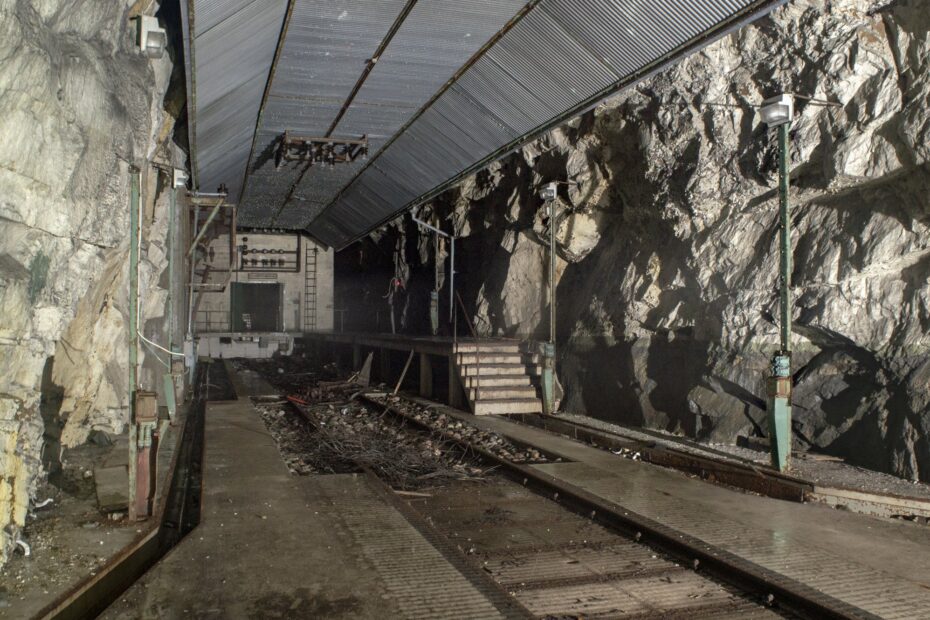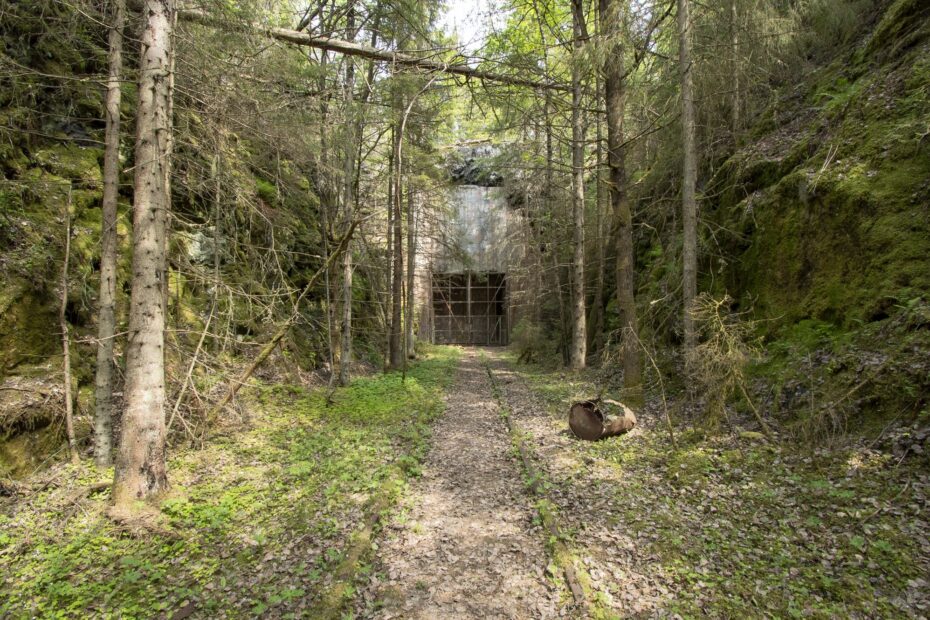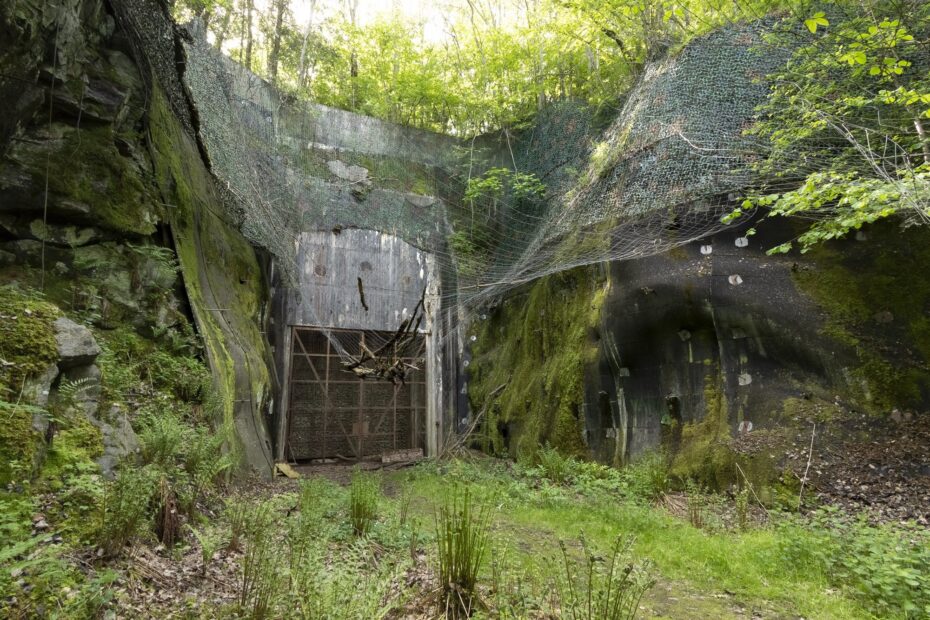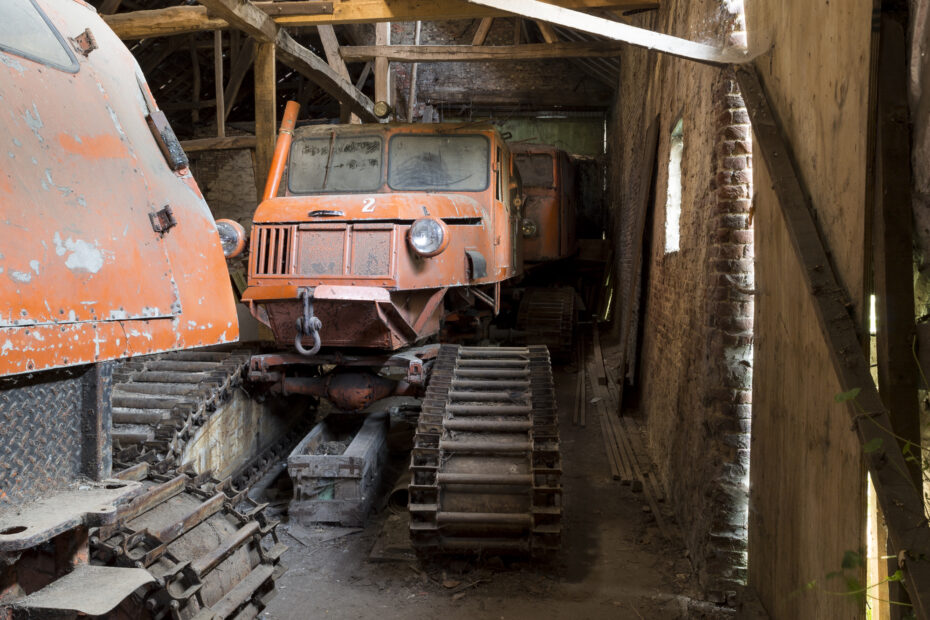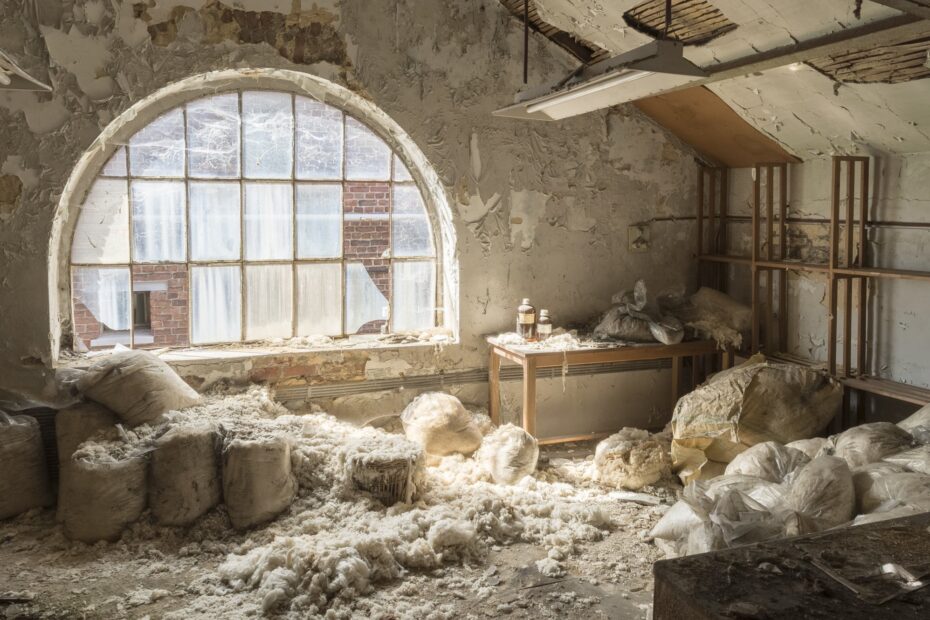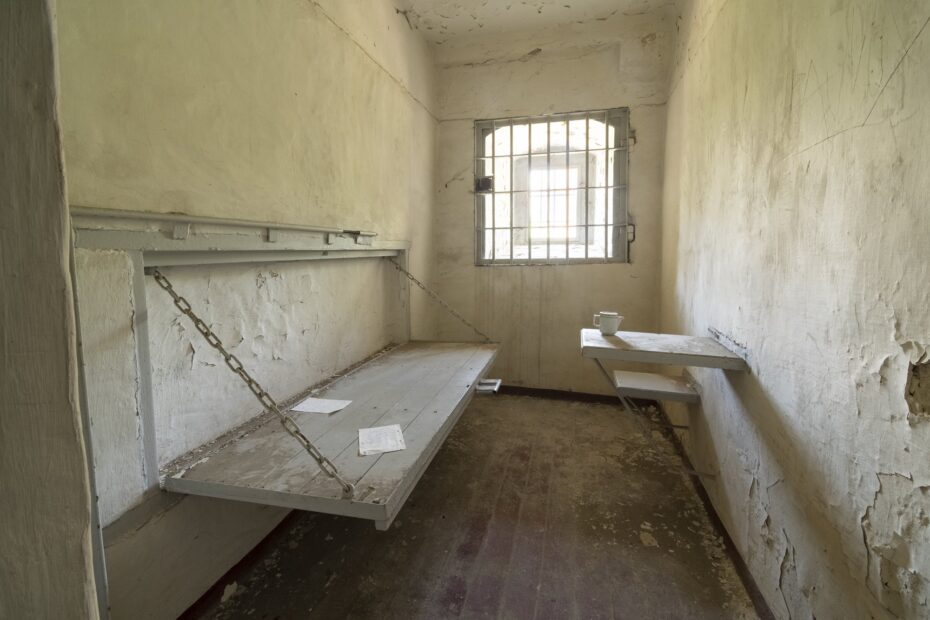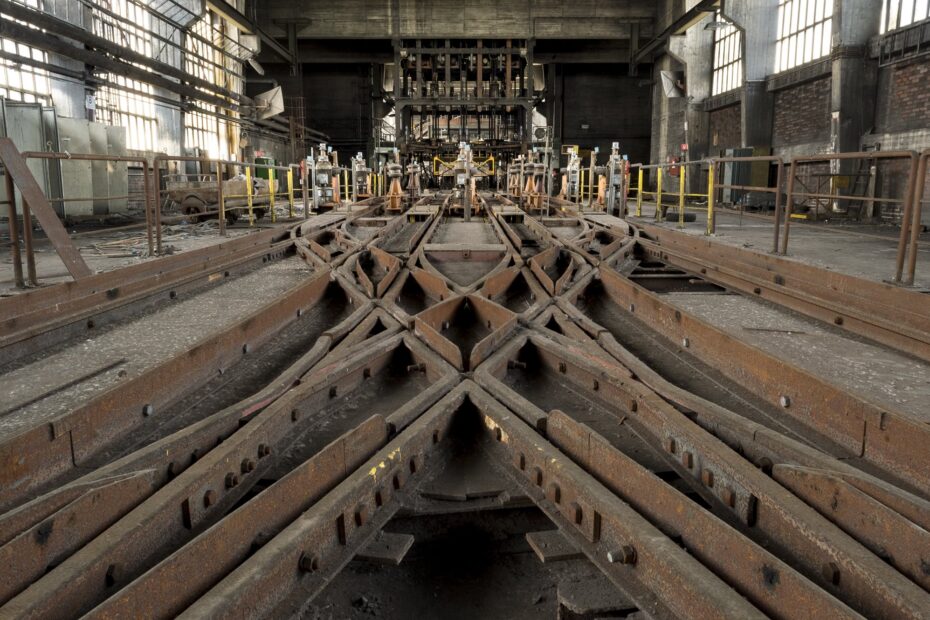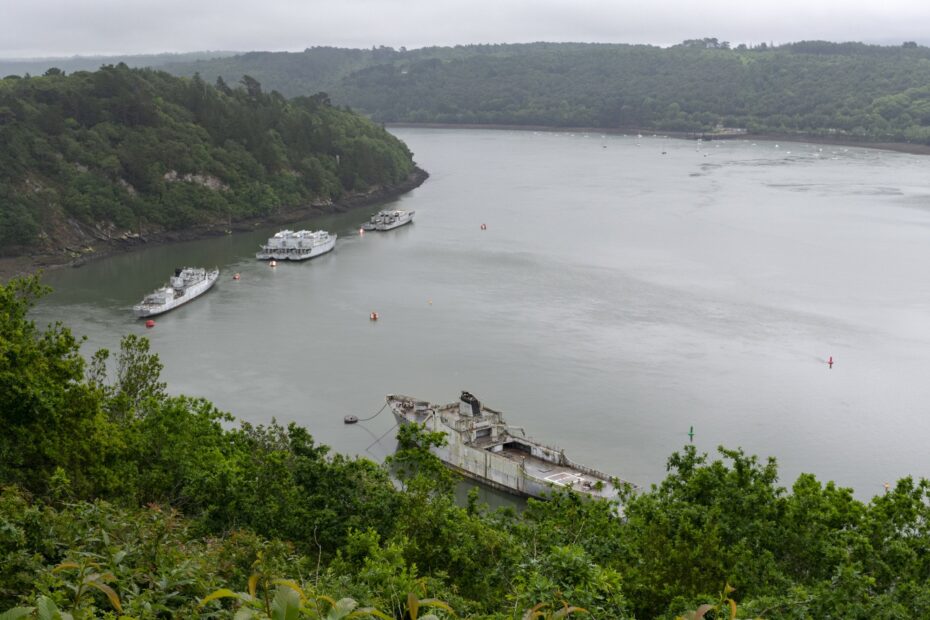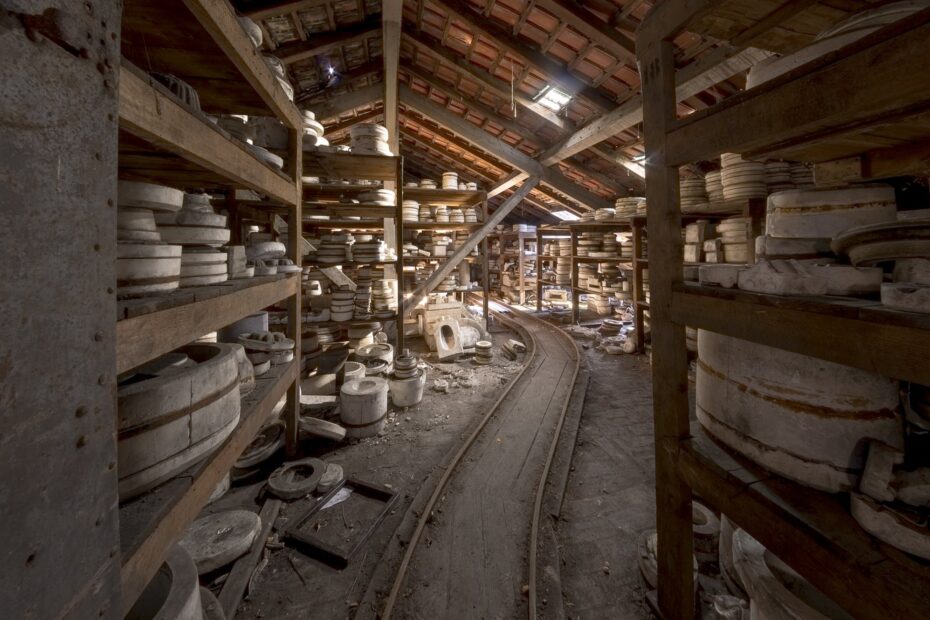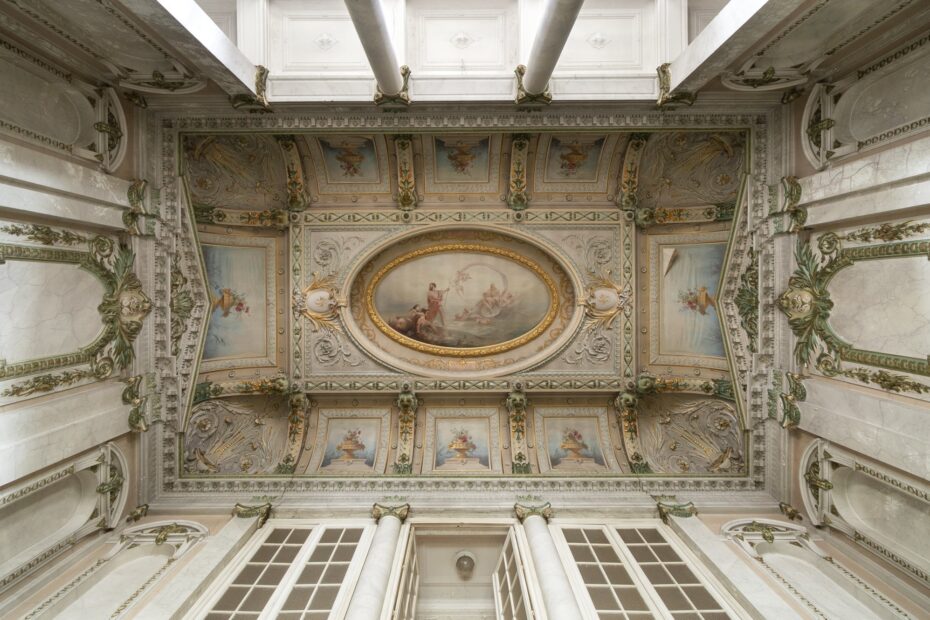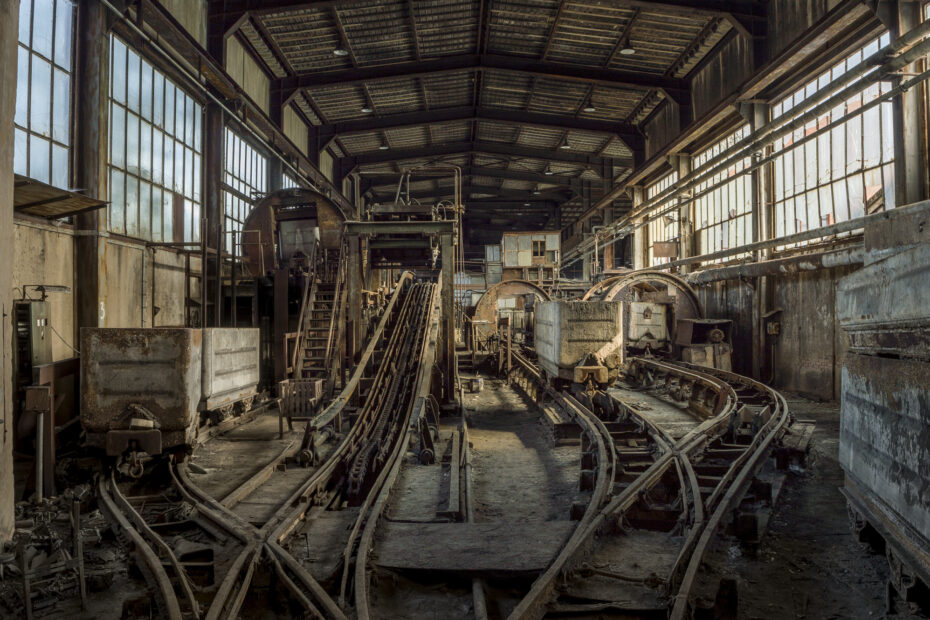Repository 7
Close to a big town, this tunnel is located. With the danger of the approaching war, all over the country tunnels were built. These should house trains with mobile convertors and transformers in case of a power cut off, to supply power to the railroad network.
Most of these places consist of only one tunnel. This one however has two tunnels in the mountain, connected with corridors and even a room with control panels. Unfortunately this room is burned out, but the panels are still visible. Read More
